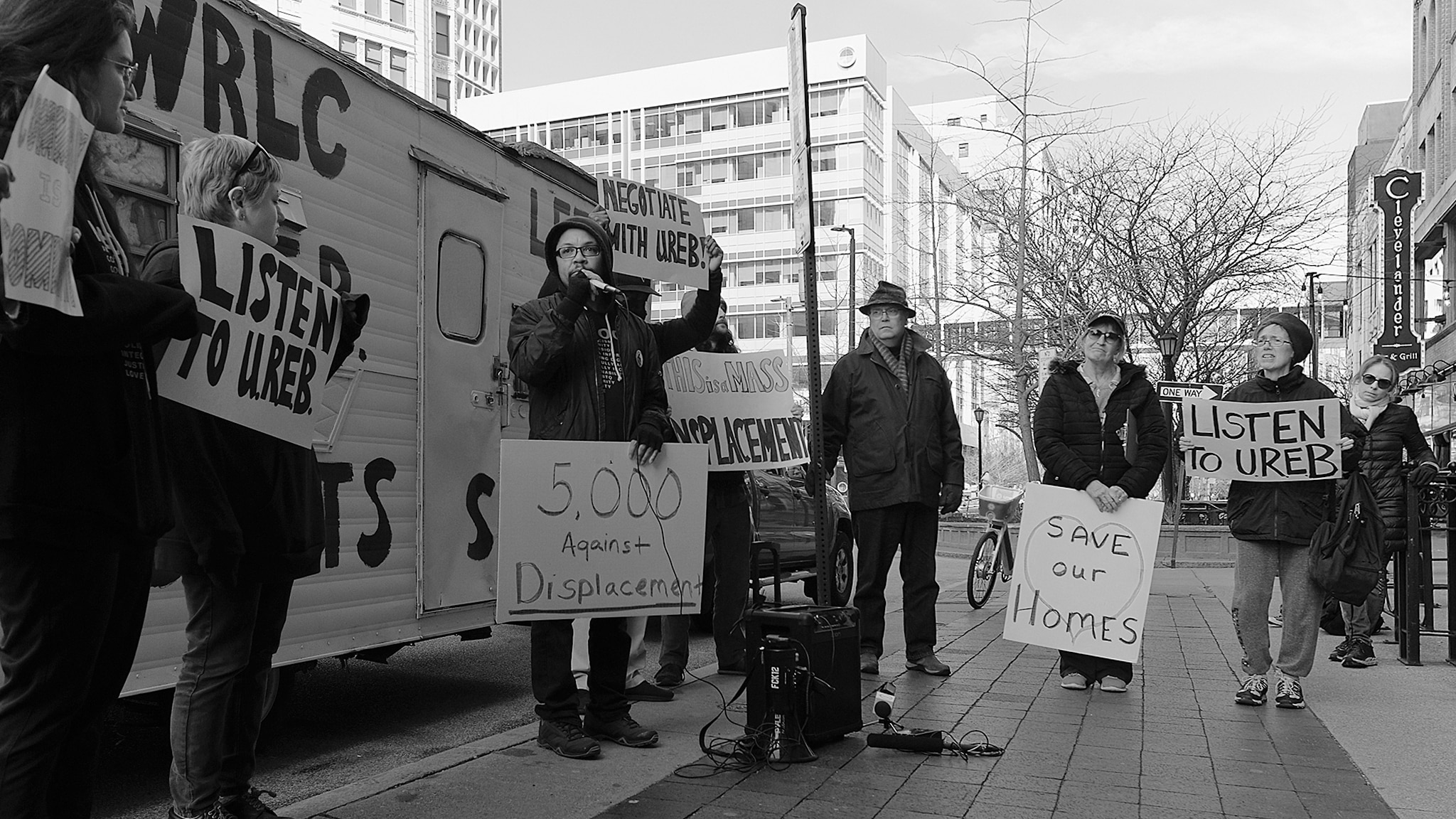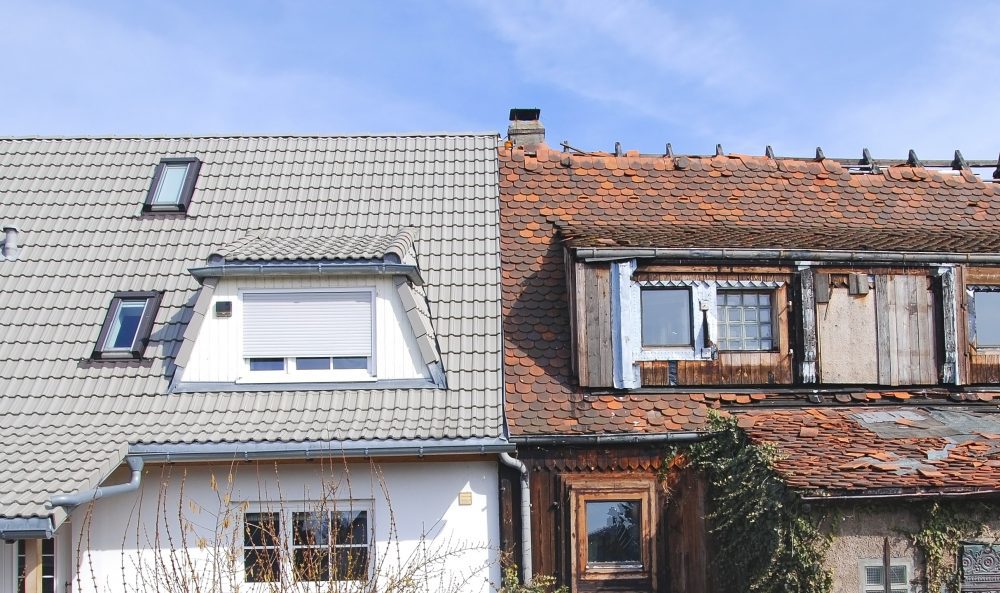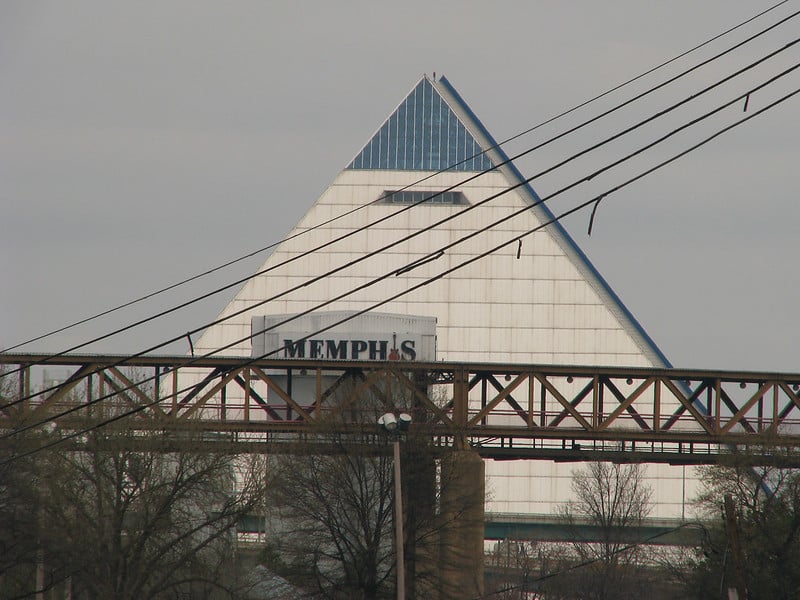
In Denver, the city’s Office of Economic Development (OED) has taken the lead. In September, the city closed on a $1.2 million loan to Re:Vision to support the development of a food cooperative (and related projects) in the city’s Westwood neighborhood. Although set up as a loan, according to OED, the community development block grant funding is “essentially a grant, so long as a community benefit of food access is provided to residents for at least 20 years.” The city council had approved the financing a month earlier in August.
Re:Vision Executive Director Eric Kornacki describes the likely uses of the funding: “We’re envisioning a neighborhood-scale co-op grocery store, combined with a small cafe, a commissary kitchen, and a food aggregation and processing facility. We also aim to build a 10,000 sq. ft. greenhouse on-site to provide year-round produce—in addition to the thousands of pounds of food that we produce in the community.”
The impetus here is the city’s community economic development focus on Westwood and the Morrison Road corridor, one of Denver’s five Neighborhood Marketplace Initiative sites. As OED explains, “In 2014, with the support of the U.S. Department of Agriculture, Re:Vision launched the Westwood Food Cooperative (WFC) to help low-income families sell their surplus food. The WFC will be the first food cooperative in the country that vertically integrates low-income, urban food producers with value-added food processing and a retail food outlet. This community wealth building approach is truly unique as it creates a for-profit business, owned by the people growing the food, and then shares profits with the community it serves.”
In Austin, a longtime co-op hub, city government is also beginning to see co-op development as economic development. All told, the National Cooperative Business Association estimates that Austin-area co-ops employ more than 2,500 in quality living wage jobs in credit unions, utilities, food, hardware, affordable housing, artistic production, cleaning services, schools, a brew pub, and a radio station. But the city had never supported co-ops, in large measure because co-ops had never asked for the support. That began to change when co-ops came together to form the Austin Cooperative Business Association (ACBA).
In June, the Austin city council unanimously passed a resolution drafted by the ACBA that called on Austin’s city manager to convene stakeholders to develop recommendations detailing ways the city can promote the development of new and existing cooperative businesses. Based on that report, the City subsequently allocated $60,000 in its fiscal year 2015 budget to support co-op development. Cooperation Texas, the likely recipient of that money, to date has helped launch three cooperative businesses.
New York City provides another interesting example. Backed by the Federation of Protestant Welfare Agencies and in the wake of the election of Mayor Bill De Blasio, the local worker cooperative trade association, the New York City Network of Worker Cooperatives, organized a campaign to get the city to support cooperative development funding. The result: New York City's 2015 budget, approved by the city council on June 25, 2014, sets aside $1.2 million for the Department of Small Business Services' Worker Cooperative Business Development Initiative. As a brochure developed by the department makes clear, the effort in New York is a partnership between the small business services office and co-op technical assistance providers.
Key groups supporting the co-op development effort in New York are the Center for Family Life in Sunset Park, the Urban Justice Center, Green Worker Cooperatives, the local trade association New York City Network of Worker Cooperatives, and the co-op financer, The Working World.
All of these co-op policy victories are baby steps. Yet co-ops are beginning to achieve at least some successes at the local level. As co-op groups begin to organize in other cities and regions—such as in Philadelphia, Portland, and western Massachusetts, city partnerships with co-op developers look likely to become increasingly common.
(Photo courtesy of Re:Vision)





Comments